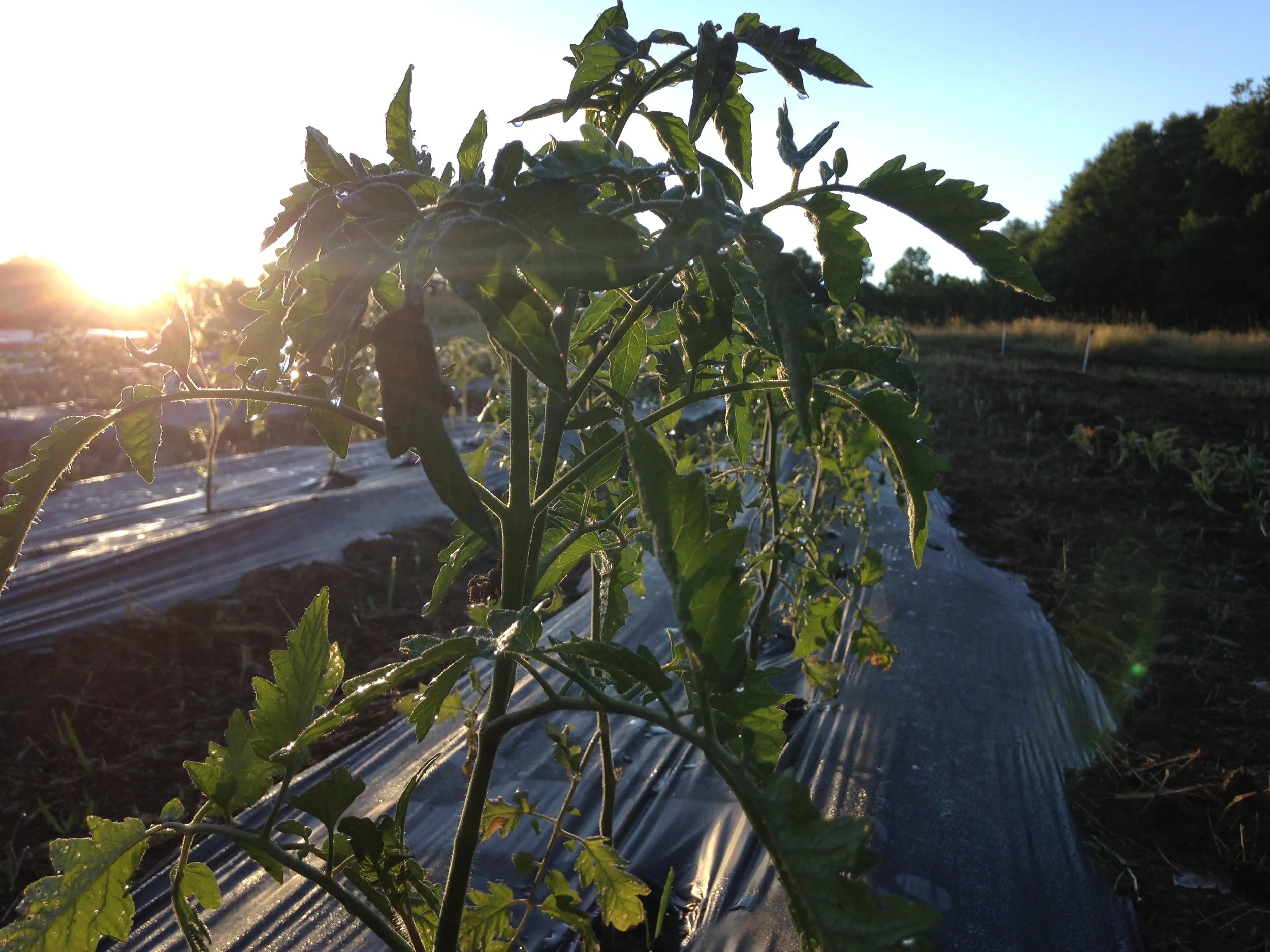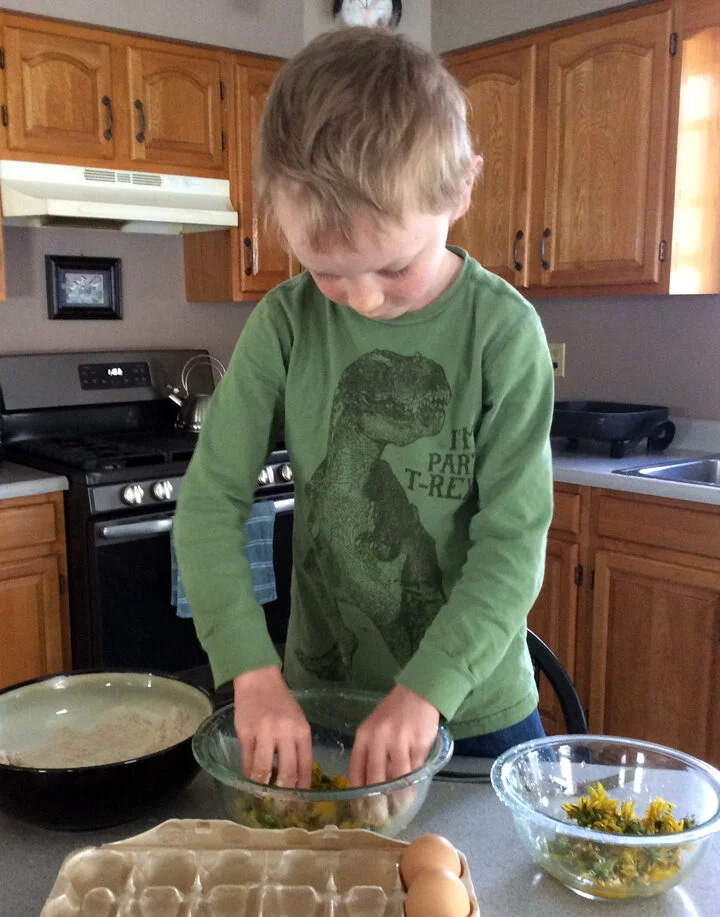The red shoulders of the farm’s first radishes of the season poked out of the soil last week. Scooching along to pull them, snap off yellow leaves, and bunch them, gave me time to contemplate this root veggie’s significance to the farm.
Jason had faith in radishes from the start. Several years ago, as he rolled the seeder down a row, leaving yet another 125-foot trail of radish seeds, he foretold that a bright red heap of radishes at our farmers market stand would be a draw in early spring, when most produce is green.
I did not embrace his radish prophecy early on. “Radishes, really?” was my response, not caring for them much at the time myself.
But sure enough, before the radishes were stacked on the market stand, over my shoulder I actually heard a woman say, “Ooooh radishes!” Radishes, really?
Every week, the radish heap disappeared in customers’ bags, and radish sales were nothing to sniff at. Jason was a radish seer.
Before packing the radishes for market, it seemed necessary at first to blast every bit of dirt from them. After some time, however, I became aware of (but could not explain) the positive power the sight and feel of dark, rich, healthy farm soil had on me, and wondered if it appealed to others. A little dirt, it turns out, doesn’t bother most people. Maybe there’s something comforting about the reminder of where a radish came from? While they still get a rinse, washing away every last remnant of the radish’s birthplace isn’t a worry anymore.
Young radishes are mild and sweet. They also have an unexpected silky texture. While radishes are associated with spiciness, they only turn “hot” when they’ve been left in the ground a long time. It isn’t a radish’s size that determines the heat, although a radish left in the ground longer will likely be bigger.
Over the years, my respect - and taste - for the humble radish has grown. They’re a quick, easy, and profitable crop. We grow mostly cherry belle and French breakfast, and they’re ready in under 25 days. They’re also an almost year-round crop. If we seed them at the right time in autumn, we’ll have radishes through winter. They’re also one of the first vegetables we direct seed in March. As for care, we keep the water on them and drag a hoe down the row at least once or twice.
Radishes also have a lot of what our bodies need, and maybe that’s why we’re drawn to them. They provide a good deal of potassium, vitamin C, folate, and fiber, according to the University of Illinois Extension. The extension is a wonderful source of radish information and recipes. And here’s how we recommend preparing radishes. It’s Joshua McFadden’s recipe for Roasted Radishes with Brown Butter, Chile, and Honey.
A radish makes a small ripping root sound when it pops from its underground dwelling. Seeing something so colorful spring from the black earth is a reminder of what wonderful things come from good soil.
Check out these unusual beauties. They’re listed under different names in catalogs, but we know them as Amethyst.
These are the two typical varieties we grow. The round ones are cherry belle. The more oblong radishes with white tips are French breakfast.
This is a beer radish. It’s a traditional German snack. It has a rough, black skin and white interior. They can grow to a large size and can be very spicy. They’re meant to be sliced thin and salted, and enjoyed with a chunk of bread and a mug of beer.
~ Stella





























